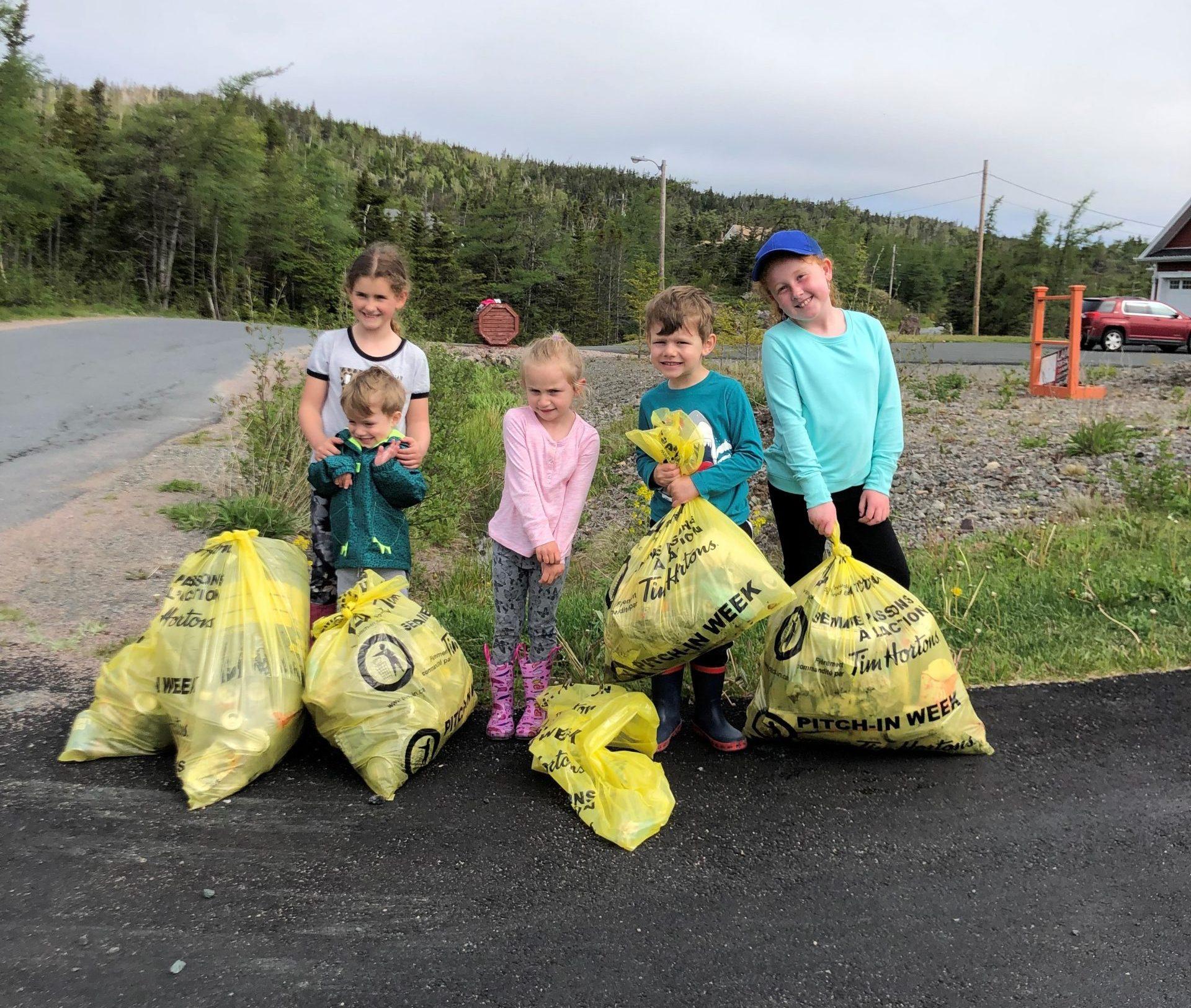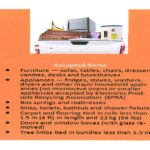All Garbage and Recycling Services in the town are conducted by the Eastern Regional Service Board. (ERSB) For the Town of Holyrood, garbage collection occurs every Friday with recycling every second Friday.
As of APRIL 1, 2024, this will change to WEDNESDAYS.
Note: The day of collection is subject to change in the event of a holiday or bad weather. Please visit the Town of Holyrood and/or ERSB social media channels for up to date info. For your collection calendar please visit this link: https://easternregionalserviceboard.com/uploads/CONCEPTION-BAY-CENTER-Revised-5-Mar-2024.pdf
- Regular Collection: Every Friday
- Recycling: Bi-Weekly (please check ERSB calendar for the dates) CHANGING TO WEDNESDAYS AS OF APRIL 1, 2024.
- Bulk Garbage Pick-Up: For up to date info on bulk garbage pick up,please visit https://easternregionalserviceboard.com/residents/bulk-waste/
As of January 1, 2024, only clear bags will be used for household garbage. Please read more info here

Collection Guidelines
- NEW AS OF JANUARY 1, 2024- Regular garbage must be placed in a clear, see through garbage bag. Every household will have the option to use one privacy bag each week.
- Bags must be placed at the curb by 7 am, no further than 4.5 meters from the edge of the pavement
- Garbage and recycling bags must be regular size (66 cm x 82.5 cm)
- A limit of 5 garbage bags can be set out for collection
- Each bag must not weigh more than 20 kg/45 lbs
- A transparent blue bag must only be used for recyclable materials
- Bundled materials must be less than 1.5 metres (4 feet) in length
- Sharp objects (i.e. broken glass, needles, knives) must be in a puncture-proof container and clearly marked “broken glass” or “sharps”
- Do not leave any items not intended for waste collection near the garbage box or collection area or they may be collected as weekly or bulk waste
- Waste must be accessible and boxes free of snow/debris
Not accepted for curb-side collection
- Bulk waste
- Household hazardous waste
- Fish nets and rope
- Containers of liquid
Recycling Guidelines
- There is no bag limit for recycling
- All recycling must be sorted into rinsed mixed containers and paper products
- Place rinsed mixed containers in a transparent blue bag
- Place paper products in a separate transparent blue bag
- Place both bags at the curb or roadside with your black bag garbage on your scheduled bi-weekly collection day
- For a list of items permitted through the curbside recycling program please visit: www.easternregionalserviceboard.com/residents/recycling
Bulk Garbage Collection
For a complete list of items you can and cannot put on the curb for bulk collection can be found by visiting: https://easternregionalserviceboard.com/residents/bulk-waste
Bulk Garbage Collection
- Separate metal items from other bulk waste (such as furniture).
- Do not stack items.
- All items must be bagged or bundled and tied. Scattered or loose items will not be collected.
- Individual items must not exceed a maximum of 22 kg (50 lb).
- A maximum of 226 kg (500 lbs) or one pick-up load (whichever is less) will be collected from each household.
- Bulk items remaining curbside after collection is complete could result in a penalty. The cost of returning to remove the material and ensure its proper disposal will be charged to the property owner.
Compost
More information to come soon.
Hazardous Waste
Household hazardous waste is anything in your house that is poisonous, corrosive, flammable, or explosive. When not disposed of properly, it can harm the health and safety of you and your family, sanitation workers, municipal infrastructure, and the environment we all share.
Hazardous materials do NOT belong with regular household garbage. If you must use hazardous products, then you must also practice safe disposal.
Regional Household Hazardous Waste Collection Events
In partnership with volunteer fire departments, the Eastern Regional Service Board holds collection events in select communities in eastern Newfoundland. Events are for households. Waste will not be accepted from contractors or businesses. Events will be held at the local Fire Hall, unless an alternate location is noted. Please check back in the spring for the locations of 2022 events!
Safety and Handling of Hazardous Materials
- Keep materials in their original, labelled containers
- Avoid mixing different products together
- Seal all containers tightly
- Transport materials in the trunk of your car
- Carry materials in an open-topped box
- Wear protective gloves
ACCEPTED
- Aerosol cans
- Adhesives
- Antifreeze coolants
- Batteries
- Bleach
- Butane, lighters with contents
- Chemicals
- Cleaning products
- Contact cement
- Ethanol & methanol
- Fertilizers, herbicides, and fungicides
- Flea powder
- Fluorescent light bulbs
- Gasoline, kerosene, and propane
- Glue
- Nail polish and nail polish remover
- Mercury
- Motor oil and filters
- Razors and straight blades
- Paint (container must be readable, free from rust)
- Paint thinner
- Pool chemicals
- Rubbing alcohol
- Rust remover
- Sealants
- Solvents
- Stains and varnishes
NOT ACCEPTED
- Explosives and ammunition
- Fireworks
- PCBs
- Biomedical waste (ex: syringes)
- Industrial, commercial, and institutional waste
- Radioactive waste
- Empty paint cans that can be disposed of during regular curbside collection
- Regular household waste or recyclables


